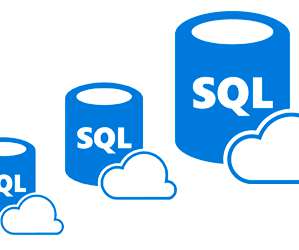Implementing AWS well-architected pillars with automated workflows
Dynatrace
SEPTEMBER 13, 2023
For example, optimizing resource utilization for greater scale and lower cost and driving insights to increase adoption of cloud-native serverless services. Storing frequently accessed data in faster storage, usually in-memory caching, improves data retrieval speed and overall system performance. Beyond














Let's personalize your content